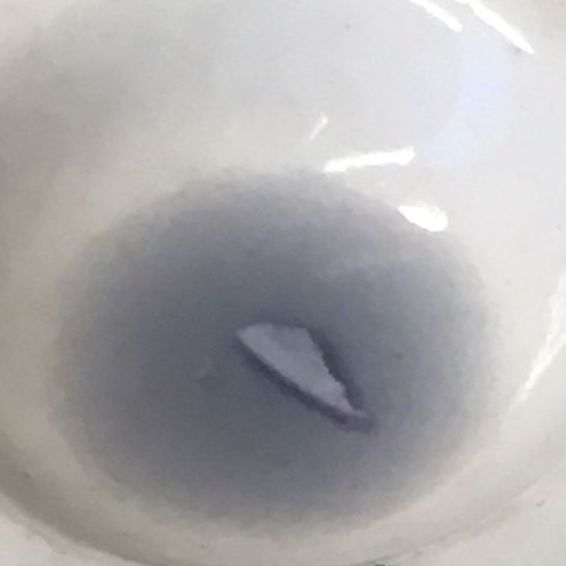How to use crystalline reagents?
As a result of change in regulations we have replaced some liquid reagents with crystalline ones. “Crystals” may not be intuitive for everyone at first, so we are publishing the following guide and instructional video. Following the instructions is essential to fully benefit from dry colorimetric reagent tests.
- Shake the bottle vigorously before use, then tap it on a soft surface to ensure no crystals are stuck in the cap.
- Pour or scoop a small amount of crystals onto the sample to cover it.
- You can flatten crystals with sample for best results.
- Clean bottle neck, cap (and spatula if used) with a dry paper towel. Avoid “crunchy lid syndrome”, if crystals get between bottle and cap they will let air inside which oxidizes and spoils the reagent.
Watch the video on how to use crystalline reagents:
What are crystalline (dry) reagents?
Due to the increased use of illegal explosive materials, the European Union has passed regulation number 2019/1148 on the placing on the market and use of explosive precursors. For individuals, it is now illegal to purchase or possess most products containing more than 15% sulfuric acid. Sulfuric acid is the main component of the most popular tests: Marquis, Mecke, Mandelin, Liebermann, Froehde, and Hofmann. Therefore, buying and using these reagents without a license in their standard liquid form is now a crime in the EU.
Although the change was driven by regulations, it comes with many advantages:
- Low risk of burns
- No need for refrigeration
- Extended shelf life (2+ years)
- Possibility of more precise dosing
- Last but not least, legal status (EU)
Solid reagents contain the same substances as their liquid counterparts, reacting just as quickly and with the same colors. The only difference is that they are additionally contained in a crystalline substance.

Crystalline Hofmann reagent with LSD

Liquid Hofmann reagent with LSD
No test kit results can guarantee if a substance is safe. No substance is 100% safe.